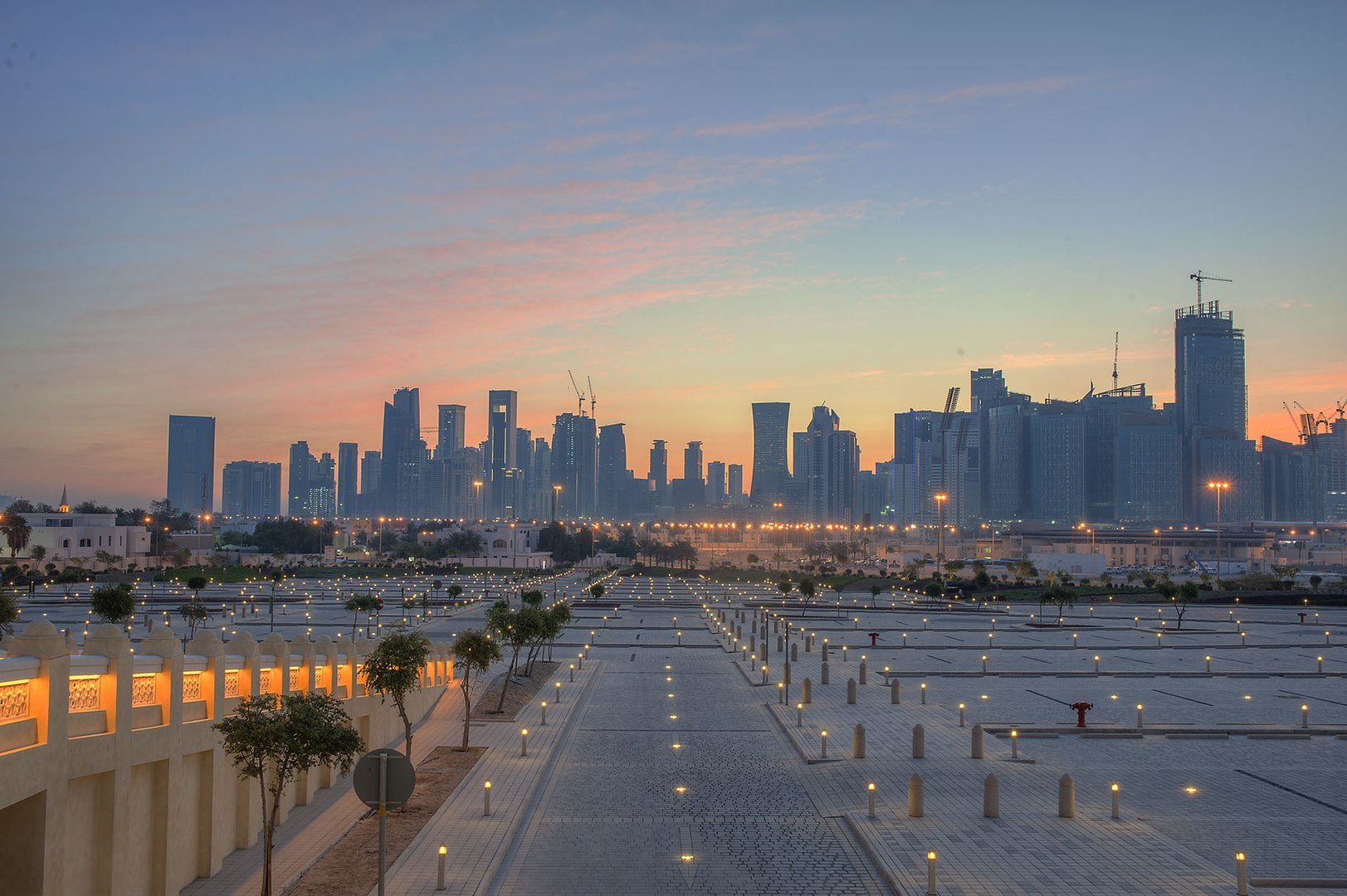Qatar’s Largest Mosque Highlights Beauty Of Islamic Art And Architecture
As millions eagerly anticipate the start of the FIFA World Cup in November, thousands of others who are actually planning to make the trip to Qatar are busy buying tickets to soccer games and planning their itineraries.
With less than 100 days to go before the start of the World Cup, the tiny Middle Eastern nation — marking the first time that the tournament will be played in that part of the world — is gearing up for a month-long party. Qatar will be on full display for tourists to see and enjoy. In other words, it is a big coming out party.
Qatar is a country of just under 3 million people, where 65.5% of the population is Muslim. Islam is also the state religion. The Qataris are mainly Sunni Muslims.
READ: World Cup Triggers Religious Conflicts In Qatar Over Alcohol, LGBTQ Rights
When fans aren’t packing stadiums to watch soccer matches, another thing that will get a lot of attention will be Qatar’s Islamic art and culture. As is the case with any country that plays World Cup host, visitors will get a real chance to see things in person they may not otherwise ever see anywhere else.
Among those things will be the Imam Abdul Wahhab Mosque, also known as the Qatar State Grand Mosque, in the capital, Doha. The Sunni Islam house of worship, built in 2011, is the largest mosque in Qatar.
A mix of traditionalism and modernity, the mosque is named after an 18th century preacher and scholar Muhammad ibn Abd al-Wahhab, founder of the Islamic doctrine known as Wahhabism. While a revered place among many of the world’s Muslims, it will also welcome visitors of all faith traditions this winter.
A massive structure, the mosque can hold 11,000 men in its air-conditioned central hall. The adjacent enclosure can comfortably fit 1,200 women. Men and women worship in separate areas in most mosques.
In addition, there are three main doors — along with 17 side entrances — housed under 28 large domes. Another 65 domes cover the mosque’s outer quadrangle. It also features a large courtyard and parking lot where 300 cars can fit.
A view inside the library, which is housed inside the mosque. Wikipedia Commons photo.
This is more than just a mosque. It is arguably the desert state’s most iconic structure, and that’s saying a lot for a country that’s constantly building. Its grandeur exemplifies the country’s mood and attitude. It mixes a modern design with a traditional twist.
The mosque is elegant in its interior design. The interior is air-conditioned — like so many places in a country where temperatures reach over 100 degrees Fahrenheit during the summer months— and decorated with large chandeliers.
Visitors can check out the view of Doha’s skyline from the mosque’s sprawling parking lot. Wikipedia Commons photo.
Visitors need to be aware that this is not a museum but a place of prayer. The website ILoveQatar.net had the following recommendations for those planning to visit:
Do not make noise; put mobiles on silent mode while in the mosque.
Honor the mosque’s sacredness and avoid improper conduct.
Honor the sacredness of the mosque by sitting in a disciplined manner
Honor and respect other visitors and prayer performers.
Honor the sacredness of the mosque and prayer performers while taking photographs, i.e., no lying down or using any other improper movement or posture.
Footwear must be kept in the shoe racks provided outside the prayer halls.
Food and beverages are not allowed inside the mosque; water to drink is available inside the mosque.
It is your responsibility to take care of your personal belongings.
A prior written authorization is required from the Mosque office in case of taking photographs or making video recording for commercial or private purposes.
To keep the tranquility and serenity of the mosque, children less than seven years of age are not allowed to enter the prayer halls during Ramadan between the Isha prayer and the Qiyam (midnight prayer) and during lecture times.
Children less than seven years of age are only permitted to enter the women’s prayer hall on the ground story.
It is strictly forbidden to take photographs in the women’s prayer halls.
Non-Muslims may find that access to the mosque is restricted at certain times. Also, when visiting the mosque, wear modest clothing — this goes for both men and women — that covers the whole body. Women must wear a headscarf. One will be provided should you not have one.
For more information about Qatar and the Imam Abdul Wahhab Mosque, go to visitqatar.qa.
Clemente Lisi is a senior editor and regular contributor to Religion Unplugged. He is the former deputy head of news at the New York Daily News and teaches journalism at The King’s College in New York City. Follow him on Twitter @ClementeLisi.


